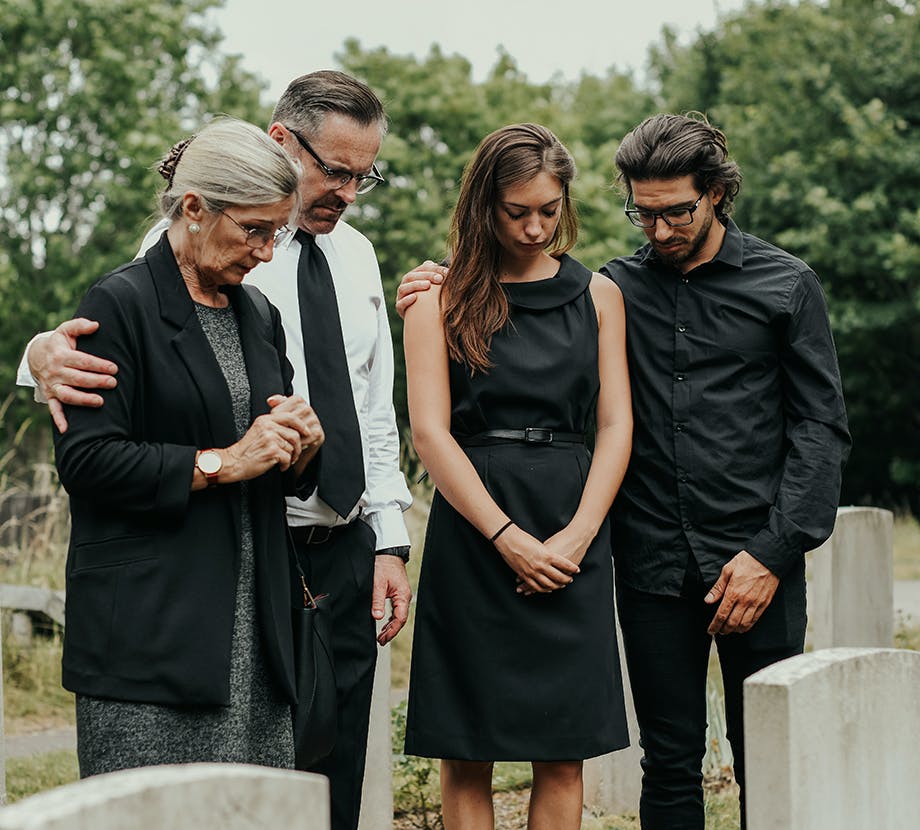Grounds for a Wrongful Death Claim in New York
It goes without saying that the fundamental premise of a wrongful death claim is that there must be the death of a person. Also, New York does things differently than most states: the claim can only be filed by the personal representative of the deceased's estate. Based on this, this person is known as an “executor” or “administrator”, this person must have been legally appointed to manage the affairs of the person who has passed away. This representative acts on behalf of the beneficiaries or dependents.
To file a successful claim, you also have to prove a few elements in order to establish the basis of your claim and justify compensation for the death:
Wrongful act, negligence, or default
You must demonstrate that the death was caused by the wrongful act, negligence, or default of the defendant (the person, company, or organization you are suing). This means showing that the defendant had a duty to the deceased, that they breached this duty, and that this breach directly caused the death. For example, in the case of a car accident, you would need to prove that the defendant drove recklessly or negligently, leading to the fatal accident.
Causation
There must be a direct link between the defendant's actions and the death of the person. You must prove that the death would not have occurred if not for the defendant's actions.
Damages
The lawsuit must specify the damages that resulted from the death, i.e., funeral and burial expenses, medical bills related to the deceased’s final illness or injury, lost wages and benefits the deceased would have earned, pain and suffering experienced by the deceased before death, and the loss of support and inheritance for the survivors.
Surviving beneficiaries or dependents
You need to establish that there are beneficiaries or dependents who have suffered financial or emotional loss due to the death. This may be family members like spouses, children, or parents of the deceased.




